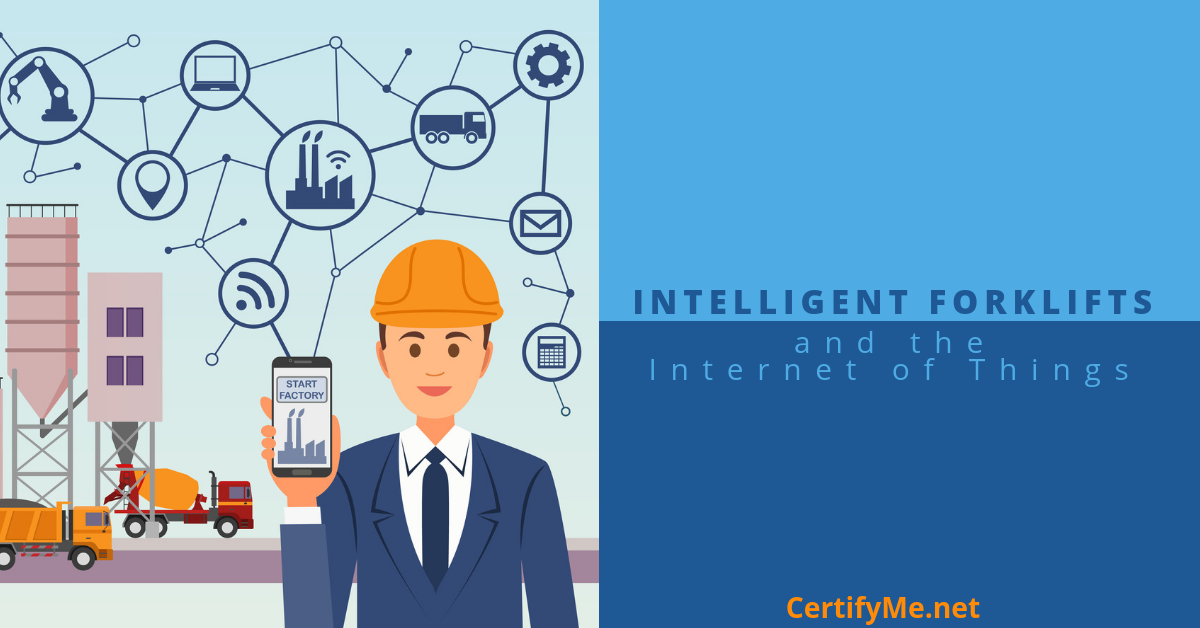How Intelligent Forklifts and IoT Are Changing the Future of Warehousing
Posted by: admin on April 20, 2025

Warehouse technology has taken a major leap forward. Intelligent forklifts, powered by smart forklift technology, are helping warehouses boost productivity, lower costs, and improve safety. These advances are changing how facilities manage daily operations, creating safer and more efficient work environments.
Introduction to IoT in Warehousing
The Internet of Things (IoT) connects devices like forklifts to central systems, allowing for real-time communication and automation. Smarter logistics, quicker inventory updates, and accident prevention are just a few benefits warehouses see from adopting IoT.
What Is an Intelligent Forklift?
Sensors, onboard AI, and real-time data exchange define modern intelligent forklifts. Forklift IoT applications track vehicle movement, monitor loads, and alert operators to hazards. Machines can now interact directly with warehouse systems to optimize workflows.
Smart Forklift Safety Technology: New Standards
Innovative safety features are setting new standards. Intelligent forklifts incorporate collision detection, automatic speed reduction, and lift access controls. These advancements significantly reduce warehouse accident risks while keeping operations running smoothly.
Advantages of Smart Forklifts
- Operate continuously without breaks, enabling true 24/7 warehouse functionality
- Help lower labor costs through automation of repetitive tasks
- Improve picking, packing, and inventory management efficiency
- Minimize human error in high-risk areas
Challenges and Drawbacks of Forklift IoT
Smart forklifts bring many advantages, but challenges exist. High initial investment costs, downtime risks from technical failures, and difficulties adapting to non-standard tasks require consideration. Maintenance planning becomes critical in high-volume operations.
Why Certified Human Operators Remain Essential
Even as forklift automation grows, certified human workers stay vital. Technicians maintain and repair intelligent forklifts. Order picking, stowing, and packing tasks still require human judgment. OSHA regulations demand all operators — human or robotic supervisors — have proper forklift certification.
FAQs About Intelligent Forklifts and IoT
How expensive are intelligent forklifts?
Automated forklift prices typically range from $45,000 to $200,000 depending on capabilities, attachments, and customization options.
Will robots replace warehouse workers?
Automation reduces manual tasks but does not eliminate the need for warehouse staff. Workers still oversee maintenance, order fulfillment, and system management.
Are smart forklifts safer than human-driven ones?
Smart forklifts lower risks with automatic hazard detection, controlled navigation, and real-time performance monitoring.
What industries benefit most from forklift automation?
Warehousing, logistics, food distribution, and e-commerce fulfillment centers gain the most from adopting intelligent forklift solutions.
Upgrade Warehouse Safety and Skills with CertifyMe
Prepare your warehouse for the future with OSHA-compliant forklift certification from CertifyMe. Our 24/7 online courses teach safety essentials needed for working alongside smart forklift technology. Complete training at your convenience and receive free three-year renewals to keep your team certified and ready for what’s next.
Welcome to CertifyMe.net
CertifyMe.net has offered online forklift certification since 1999. With Our Convenient online program. your employess can earn their certification in an hour or less.
Browse Online Certifications:
This low-cost program can be compeleted anytime, anywhere!






